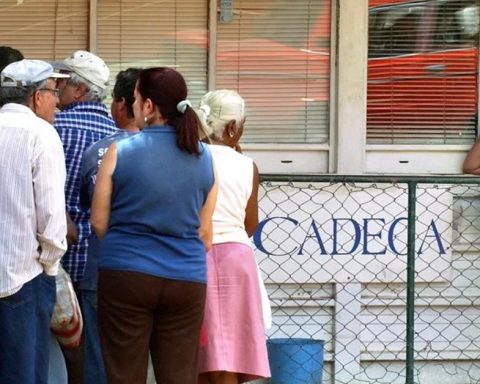The ENIF carried out by the Inegi shows that there are four main reasons why adults do not have a loan: they do not like debts, do not comply with the requirements requested by the banks, because they are not interested and because they have high commissions.
But other reasons why bank users do not access financing are because they do not trust financial institutions, they believe that they will reject them and because the branches are far away.
Why don’t banks give loans to Mexicans?
But the lack of placement of credit is not always the fault of the users. The ENIF 2021 highlights that 25.9% of Mexicans who did not meet the requirements requested by the bank was due to lack of proof of income.
More than 56% of the Mexican population works in informal labor, so they cannot prove their income or do not have documents that financial institutions request.
19% of clients also do not access loans because they do not have a credit history and 36% do not do so because they have a poor rating in the credit bureau.
So how do Mexicans get financing? As they do not have financing from banks, Mexicans turn to informal instruments such as loans from relatives, loans from friends and acquaintances, pawn shops and savings banks.
The ENIF data also show that women prefer to borrow money from relatives or go to pawnshops, while men choose their friends and savings banks to seek informal financing.
The gender gap in bank loans
Although the number of Mexicans who have formal credit has increased, men continue to be the ones who have the most access to formal credit.
Of the 27.4 million people who accessed credit in 2021, 33.8% of the people were men compared to 31.7% of the female population.
In the 2015 survey, the survey yielded data on 29.1% of men with credit and 29% of women with this financial product.
















